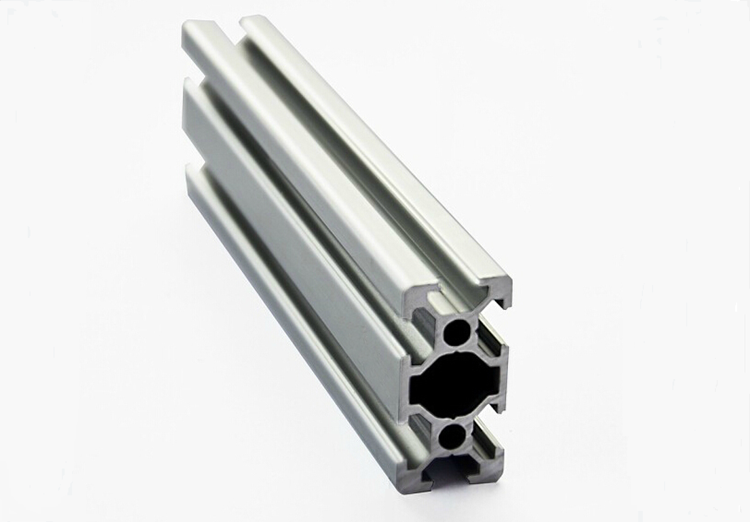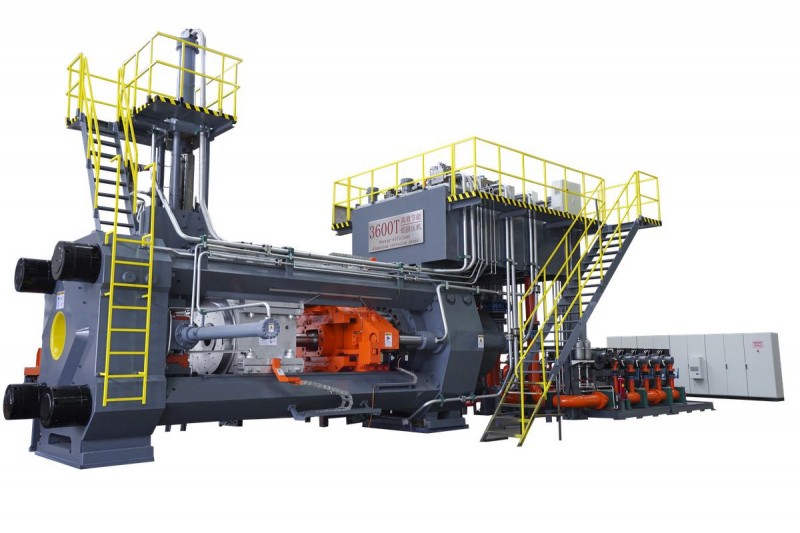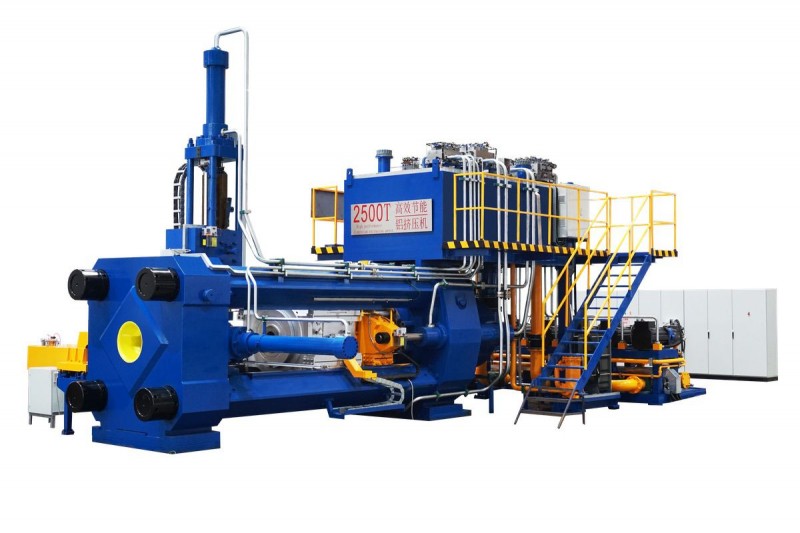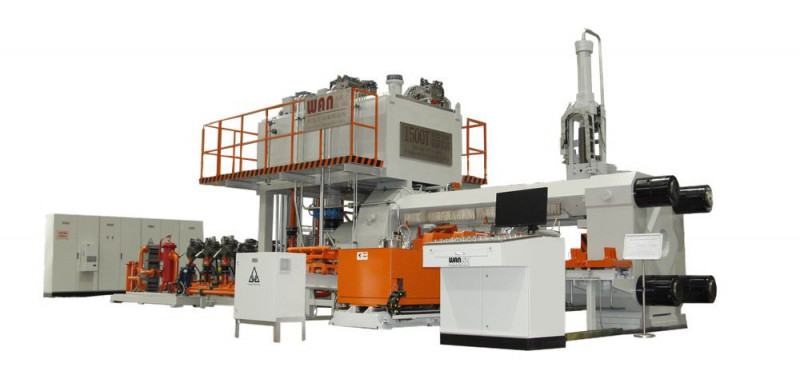Aluminum extrusion is a fundamental part of today’s manufacturing industry that has both flexibility and low costs for creating intricate shapes. As demand for accurate aluminum components goes up, it becomes increasingly important to understand and comply with tolerances.
Let us consider the significance of tolerances in aluminum extrusion, explore major industry standards focusing on flatness tolerances, and give some practical suggestions for identifying and controlling tolerance throughout the production process.

Tolerances are acceptable deviations from specified dimensions or conditions. In the case of aluminum extrusion, maintaining tight tolerances is crucial because:
Flawless Fit and Compatibility: Precise tolerances ensure that extruded components seamlessly blend with other parts within an assembly system. This diminishes play as well as ensuring proper fit which eventually improves performance while at the same time minimizing future problems.
Functionality at a high level: Narrow tolerances directly impact on functionality as well as performance characteristics of an extruded item. For instance, in automotive industry strict window frame and door handle tolerances must be maintained so that cars may operate properly and remain safe while being used by drivers.
Aesthetic: Tolerances highly contribute to defining the visual appeal of extruded profiles. For example, in architecture, extrusions with strict tolerances provide clean lines and smooth transitions between sections that contribute highly to the aesthetics of the structure.
Flatness is one of the critical aspects among various dimensional tolerances for many applications. Measurement of flatness is the measurement of curve absence from one side to the other side on the surface of an extruded profile. Exact flatness tolerances are to be maintained for several reasons:
Assembly Efficiency: Flatness secured provides for smooth and efficient fitment. Any deviation from flatness would lead to fitting problems which would probably need to be worked around, this may compromise the integrity of the structure.
Performance and Functionality: In applications such as heat sinks or electronic enclosures, flatness has a direct effect on the performance of the substrate material being used. Any substrate unevenness could cause the introduction of gaps that block the heat transfer or hamper the effectiveness of the shielding.
Aesthetics: Aesthetics are important when it comes to creating a final product. It's crucial to maintain flatness tolerances to avoid any bowed profiles that could affect the overall look, especially in architectural settings.
Industry standards play a role, in determining flatness tolerances for aluminum extrusions. The Aluminum Association (AA) has established guidelines that outline flatness levels based on profile dimensions. These standards serve as a reference point for manufacturers, designers, and customers ensuring consistency in flatness across projects.
Ensuring quality control involves identifying and measuring flatness tolerances during the production of components. Various techniques are used for this purpose;
Flatness tolerances can vary based on the aluminum alloy series. For example, Series 1000 may have requirements related to flatness tolerance. The Series 1000 extrusions prioritize conductivity leading to flatness tolerances of +/ 0.005 inches to ensure peak electrical performance. As, for the Series 2000 7000 these popular series typically feature relaxed flatness tolerances ranging from around +/ 0.010, to +/ 0.030 inches, varying based on the size and intricacy of the profile.
Several practices can help manufacturers maintain flatness tolerances throughout the extrusion process.
Die Design and Maintenance: Fitting of dies of this type should be given enough consideration in order to the flats. In this regard, constant attention to the die condition is key since this enables mitigation of twisting and due to wear and tear, flatness is kept at a minimum.
Process Parameter Control: Extrusion variables such as temperature, speed, and the flow of the material into the die help sharply determine the final profile. An accurate control of these parameters for level fiber, is extremely crucial.
Stretcher Straightening: On certain occasions, extrusions that have some imperfections which deviate from the planeness can be put through a stretcher straightening process to fix the defect. This process transpiring after extrusion assists in acquiring the required extent of plane tolerances.
Due to the importance of extrusion tolerances, and in particular the flatness tolerance, to that of manufacturing of parts with the right dimensions, correct opening, and a good aesthetic appearance, the flatness tolerance is the base for these extruded parts. Consequently, targeted manufacturing tolerances and sufficiently accurate measuring and control methods offer an opportunity for producing aluminum extrusions without warpage.
Learning about the explicit mechanical resistances coming with each aluminum alloy series allows designers to choose the best fit and suitable materials for their projects.


